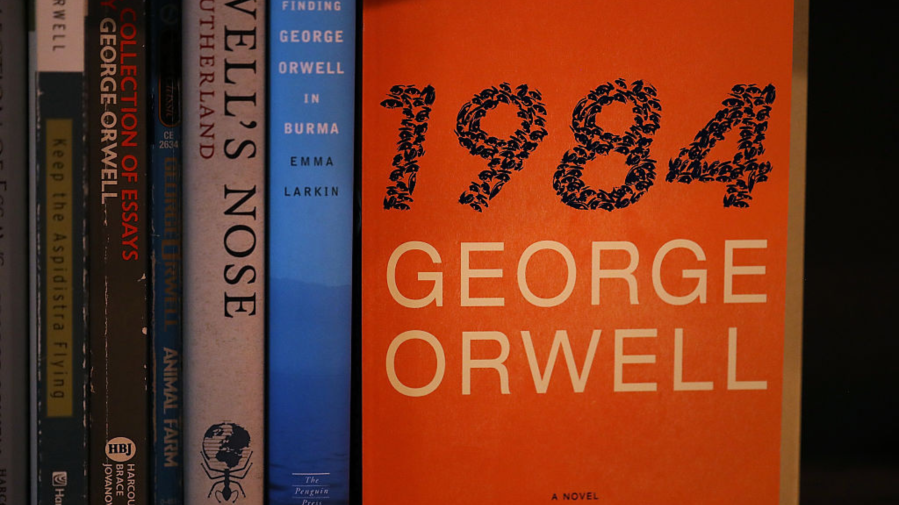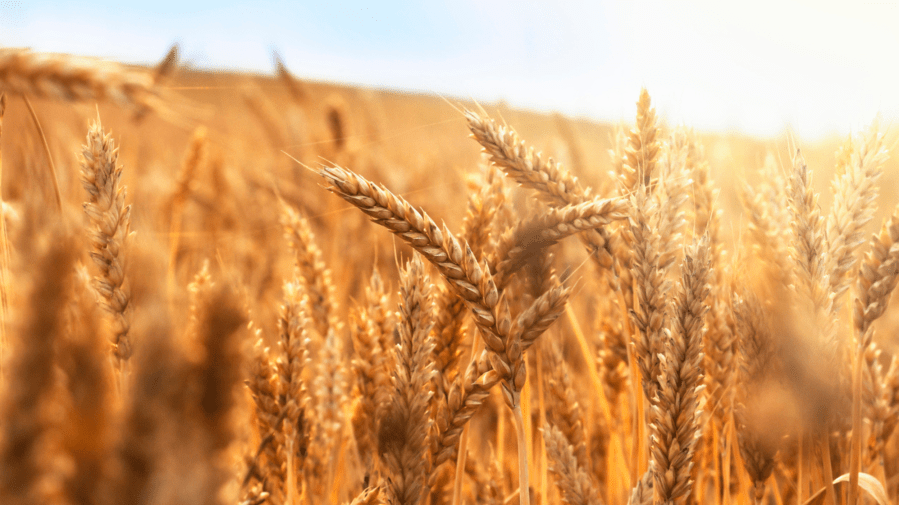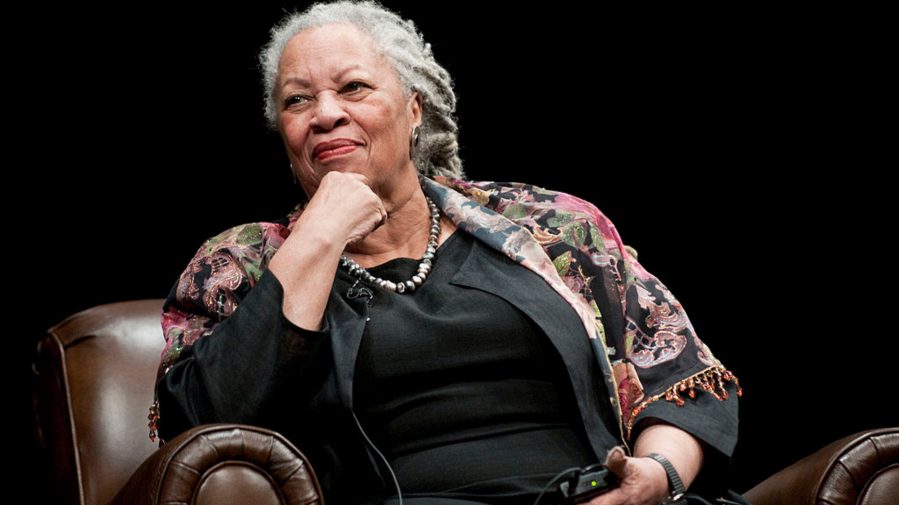
Most high school curriculums incorporate a lot of classic books, but students might not always appreciate their significance. Maybe reading felt like a chore, or maybe high schoolers are too enveloped in their teenage woes to dive into the works of George Orwell.
If you were that student who missed important takeaways from classic books, there’s plenty to gain from reading them as an adult. Stories like Catch-22 and To Kill a Mockingbird are far more significant for a grown-up. Whether you actually read these books long ago or just used CliffsNotes, these classics deserve another chance to make you appreciate them more than you did as a teen.
Lord of the Flies by William Golding
Being stuck on an island sounds like the perfect chance for rest and relaxation — unless you were stuck there with the boys from Lord of the Flies, of course. Before you knew it, the stranded schoolboys quickly turned into power-hungry bullies, each one becoming more violent than the next.

As a high schooler, it was easy to believe that these kids were just too young to understand how to work together. However, as an adult, you realize that this tale is all too real, especially when you think about the current disagreements and division in the U.S.
1984 by George Orwell
Were there themes of government and politics in 1984? Yes. Was there something deeper to it? Absolutely. Orwell exposed the dark side of technology, totalitarianism and propaganda in a dystopian society.

In some ways, we are living in 1984. Propaganda is everywhere, even online. It’s what some people call “fake news.” When it comes to “Big Brother” surveillance, people are spied on today through their cell phones and internet use. If you give the book another chance, you may end up paranoid about everything, but you’ll have a better understanding of how close it is to today’s reality.
The Catcher in the Rye by J.D. Salinger
This coming-of-age story is told by 16-year-old Holden Caufield, who describes his time in New York before starting a new journey. If you remember him complaining about everything, you probably disliked this character when you were in high school.

Revisiting The Catcher in the Rye might inspire you to take a trip to New York. But, more importantly, you’ll realize that the book is about anxiety, especially when the next chapter in life is unknown. Based on that, Caufield is more relatable and likable than you previously thought. Maybe you two could have been friends in real life.
I Know Why the Caged Bird Sings by Maya Angelou
If you’re looking for some hope and courage during troubling times, Angelou’s memoir might help you. It’s about the first 16 years of her life overcoming racism in Arkansas. At a young age, most of us were just trying to turn in our homework on time, but Angelou was already dealing with prejudice and trauma.

I Know Why the Caged Bird Sings also shows how fast Angelou matured. You get an inside look into her personal feelings about being a victim of racism and assault as she grew into a strong Black woman. This would be a great reread as the topic of racism is at an all-time high in the U.S.
Catch-22 by Joseph Heller
Catch-22 is about soldiers who deal with many ridiculous events during World War II. Heller used satire to tell this classic story, so it’s only natural that we believed it was funny. However, the grown-up point of view shows the sad reality that sometimes goes with strict rules and regulations.

As an adult, you’ll see that the soldiers’ experiences are actually relevant. They were stuck in tricky situations due to contradictory rules. Real life is full of these “catch-22” types of incidents — like the need to find a job to get experience but having no experience to get a job. Wondering how you win in a catch-22 situation is an age-old dilemma.
The Giver by Lois Lowry
In The Giver, hatred, pain, war and inequality don’t exist. This sounds too good to be true — because it is. Everything is highly controlled to achieve perfection, from relationships to careers. If you weren’t allowed to express yourself or talk about the past, wouldn’t you be angry about it?

As a high school student, you probably thought none of this could happen in real life. However, if you learned about the Khmer Rouge and Nazi Germany, you know that many parts of this book are possible. The Giver also tells a story similar to current situations in the world, such as in North Korea, where citizens have very little freedom to make their own choices.
To Kill a Mockingbird by Harper Lee
Lee’s timeless classic always deserves another look. It’s known for its dry sense of humor, thanks to the character Jean Louise Finch, a.k.a. Scout. Told from a young point of view, the book is about respecting others and life in the South.

However, when you reread the book as an adult, you’ll understand the deeper themes. The story covers racism, prejudice, courage and justice. Just like in reality, the justice system fails to make sense, and racism is an ongoing problem. But not all is lost in this book. To Kill a Mockingbird also gives you hope for humanity.
Beloved by Toni Morrison
On the surface, Beloved is about a former slave and the ghost of her daughter, but when you take a deeper dive, you see some bigger themes in the book. It explores the emotional impacts of slavery and racism, mother-daughter relationships, and masculinity.

You’ll take note of how unpacking the past can be good for you, even when you’re hesitant to do so. You’ll also see the strength and love of a mother, which might inspire you to call your family after you’re done reading. These themes may be hard to understand — especially for teenagers who mainly think about clubs and classes —but they are valuable to learn.
A Series of Unfortunate Events By Lemony Snicket

There’s a high chance that you first encountered this series during a Scholastic book fair in grade school. Despite the whimsical artwork and playful vocabulary that accompanies each book, A Series of Unfortunate Events delves into genuinely dark and harrowing topics.
What’s truly fascinating about these novels is that author Lemony Snicket designed them to be read twice — once as a child, and later as an adult. There are many details that might fly over your head as a child, and others that an older reader might dismiss. Netflix adapted all thirteen of these classic books between 2017 and 2019.






